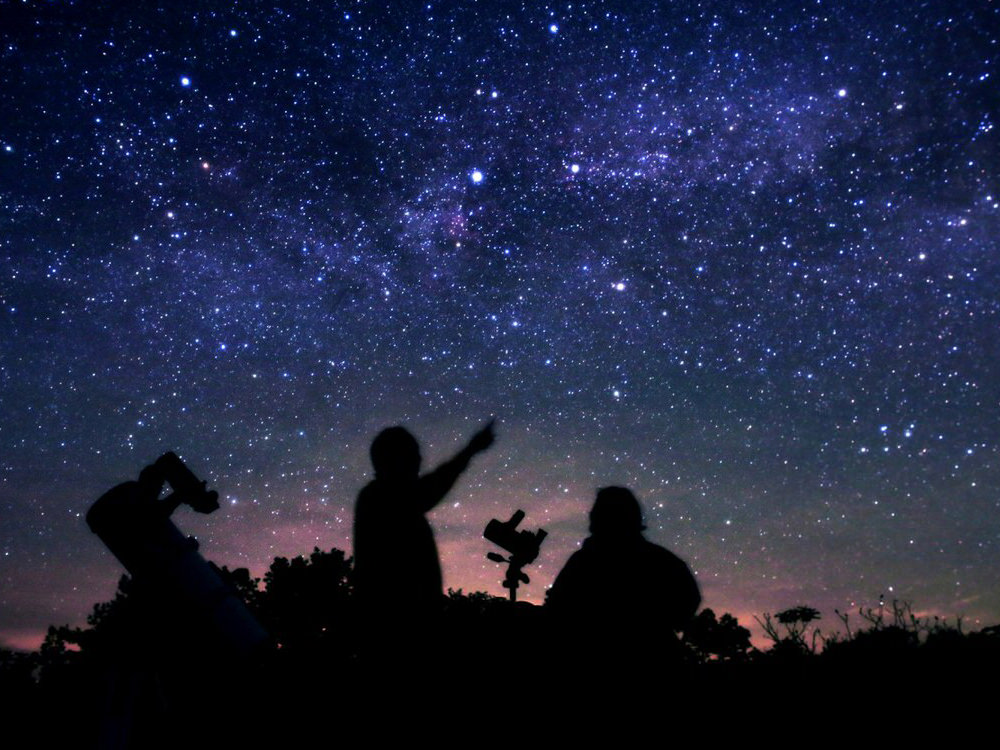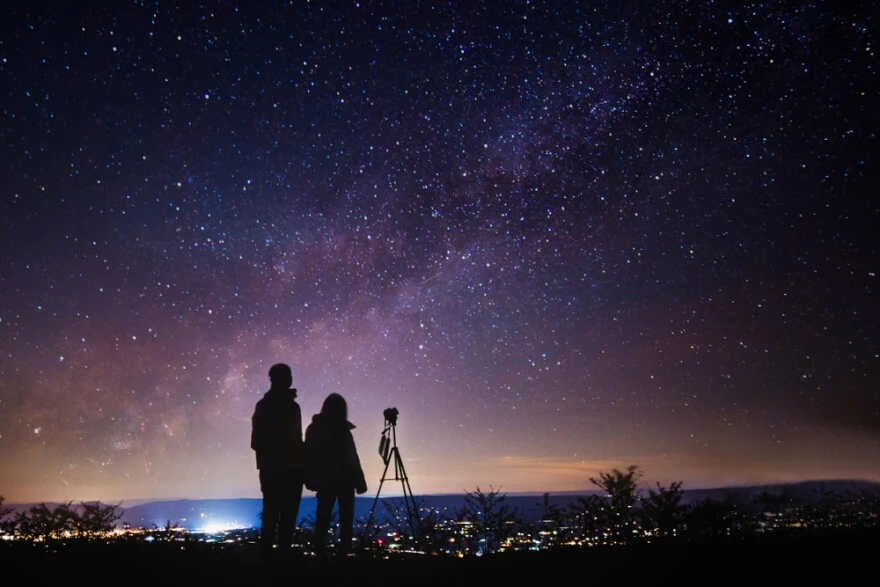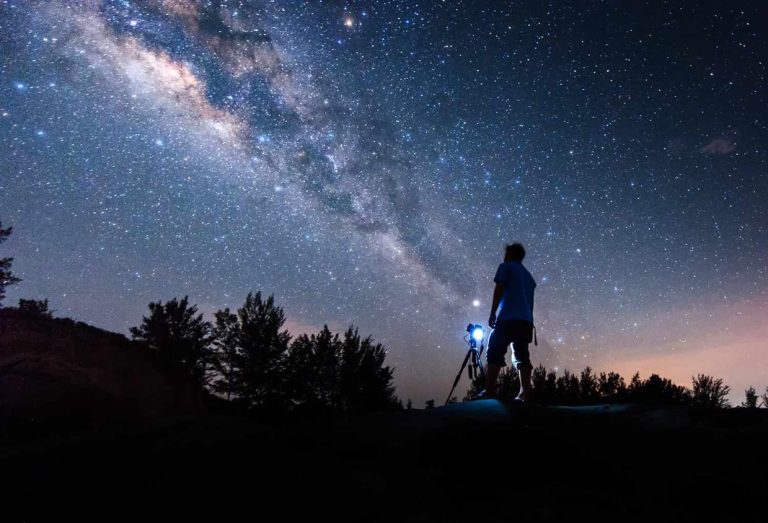Astronomy, the study of celestial objects and phenomena beyond Earth’s atmosphere, has captured the imagination of humans for millennia. From ancient civilizations gazing at the night sky to modern space exploration, our fascination with the cosmos continues to grow. One of the most enjoyable ways to delve into the mysteries of the universe is through amateur astronomy, a hobby that allows you to explore the vastness of space right from your own backyard. With a simple telescope and a sense of wonder, you can unlock the secrets of the stars and have an out-of-this-world adventure.
The Magic of Telescopes

Telescopes are the gateway to the cosmos for amateur astronomers, offering a closer look at celestial objects that are millions or even billions of light-years away. These marvelous devices come in various types and sizes, catering to different levels of expertise and interests. Here are some popular telescope types to get you started:
- Refracting Telescopes: Utilize lenses to bend and focus light, providing clear views of the moon, planets, and stars.
- Reflecting Telescopes: Employ mirrors to capture and concentrate light, offering excellent views of distant galaxies, nebulae, and star clusters.
- Catadioptric Telescopes: Combine lenses and mirrors for a versatile and compact design, enabling you to observe a wide range of celestial objects.
Stargazing Adventures Await

Embarking on a stargazing adventure can be both educational and awe-inspiring. Here are some exciting celestial wonders you can explore with a telescope:
- The Moon: Observe the craters, mountains, and valleys on the moon’s surface, and experience the changing phases as it orbits Earth.
- Jupiter and its Moons: Witness the largest planet in our solar system and its four largest moons known as the Galilean moons—Io, Europa, Ganymede, and Callisto.
- Orion Nebula: Gaze at this breathtaking stellar nursery, located in the constellation Orion, where new stars are born and surrounded by colorful gas and dust clouds.
- Andromeda Galaxy: Peer into the neighboring galaxy, Andromeda, which is on a collision course with our Milky Way, promising a spectacular cosmic show in the future.
Capturing the Cosmos: Astrophotography

Amateur astronomy isn’t just about observing through a telescope; it’s also about capturing the beauty of the night sky through astrophotography. With advancements in technology, even beginners can take stunning photos of celestial objects. Here’s how you can get started:
- Camera Equipment: Invest in a DSLR or mirrorless camera with manual settings to capture long-exposure shots of the night sky.
- Tripod: Use a sturdy tripod to keep your camera stable during long exposures, preventing blurring in your photos.
- Image Processing Software: Learn to use image processing software like Adobe Photoshop or specialized astrophotography software to enhance and edit your images.
Conclusion

Astronomy is a hobby that ignites curiosity, fosters a deeper understanding of our universe, and invites us to explore the mysterious realms beyond our planet. With a telescope in hand, the night sky becomes a canvas of wonders waiting to be unveiled. Whether you’re captivated by the moon’s serene beauty, the distant planets in our solar system, or the mesmerizing galaxies far beyond, amateur astronomy offers an enriching and fulfilling journey through the cosmos. So, grab a telescope, head outside on a clear night, and let the stargazing adventure begin!

